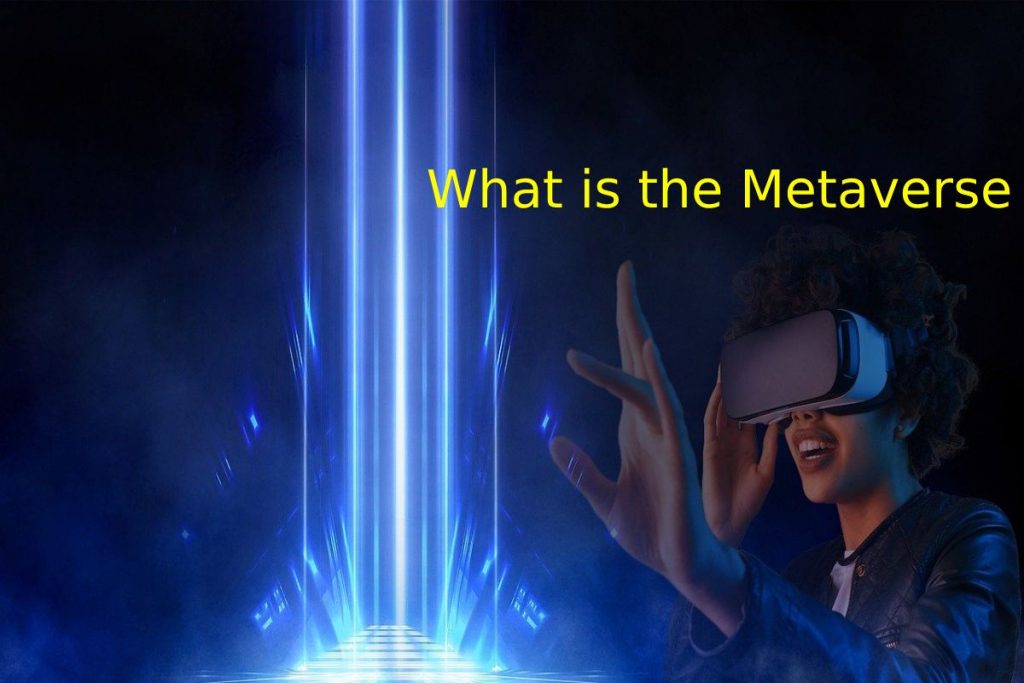Table of Contents
Introduction
Recently, Facebook decided to change its brand name to Meta, and since then, it seems that the only topic of conversation is the Metaverse.
Although it has been discussed for a long time in technological circles, it has not been until recently that the concept has been put on everyone’s lips. But what is the Metaverse? How does it work? And, above all, is it worth all the importance is given to it? Today we answer all these questions and clarify what the Metaverse consists of.
What is the Metaverse
Simply put, the Metaverse is a virtual world. A virtual space can be accessed using devices such as glasses, gloves, and other virtual reality accessories. Not access, but it will give us the impression that we are there since it will be possible to interact with everything we find in that space.
In this sense, it is nothing new. Virtual universes have been talked about even before the technology to build them existed. They have always been part of science fiction literature and cinema.
The word Metaverse comes from the novel Snow Crash (1992). You may hear it in business circles to refer to 3D or virtual work environments. Today, many video games already offer virtual worlds. In them, players can experience adventures through their computers, and some of them are even available in virtual reality.
The main difference between these virtual worlds and the Metaverse is that the latter is not intended to offer an escapist fantasy but relatively an alternate reality. In it, we can carry out the same activities that we do outside, but without leaving our house.
In recent times it seems that the construction of this Metaverse is closer than we thought. Or at least, that’s what companies like Facebook (now called Meta), Google, Nvidia, and Microsoft seem to think, which are betting heavily on the development of virtual reality environments and applications.
What does it offer?
At the moment, the Metaverse only offers possibilities. The technology is still in development, and it is not easy to predict when it will be available, much less when it is affordable for the general public.
However, these are some opportunities that Meta (Facebook) and other companies hope to offer in the future Metaverse.
Opportunities similar to the real world: We talk about founding businesses, walking the streets and visiting stores, shopping, trying on virtual clothes, buying a virtual car, etc. You can carry out all the activities in your real life, on the street, but virtually.
Creation of jobs: If you can find businesses and put up shops, you can also create jobs, tending said shops and businesses in your career. This is something that artificial intelligence in Retail is already taking into account.
Own economy: The Metaverse would also offer the opportunity to create a virtual economy separate from the real world. The currency could pay for with real money or perhaps by performing activities within the Metaverse itself.
Work meetings in virtual offices
A use that sounds a little less than science fiction is the possibility of holding work meetings in virtual offices. It would not be necessary to dress or prepare in them because they would carry out through avatars something in which the different tools for teleworking have already given the starting signal.
Socialization across the globe: Another exciting application of the Metaverse would be the possibility of connecting with people from all over the world in a much more direct and personal way. In fact, with sufficiently advanced technology, we could even “touch” someone who is on the other side of the globe.
Another assumption is that the Metaverse could become plagued by micro-payments. In other words, it would be necessary to pay extra to obtain certain features or interactions and be able to enjoy the full experience.
If all of these features seem like something out of a science fiction movie, we’re still a long way from making them a reality. However, it seems clear that large technology companies consider it a concept worth investing time, money and effort.
The challenges of the Metaverse
As mentioned above, it is impossible to predict when it will be possible to experience the Metaverse in all its glory.
Today several different companies are experimenting and developing the technology needed to build this virtual world. That means we could run into a situation there isn’t a single connecte Metaverse for everyone. But several virtual universes. Each one develops by a large company. And all of them bidding to become the Metaverse that prevails over the others.
Another challenge for the Metaverse is that the technology is not there yet. At the moment, the only thing in the Metaverse is micro-worlds. The private rooms that create to carry out specific tests or events that are not 100% immersive. But there are no “streets” that connect these rooms and allow us to move from one to another.
Immersion technology is still a long way from offering a complete sensory experience. For this Metaverse to be immersive and compelling, it will take more than virtual reality goggles. In all probability, we will see more and more virtual reality accessories in the coming years. But it expects that this new technology will not be immediately affordable for everyone.
In short, the main challenges facing the Metaverse are Technology, infrastructure and affordability.
The Metaverse is an exciting concept that can lead to many opportunities for companies in all sectors. At Hiberus Digital, we are already betting on this technology to take our clients to the next reality.
